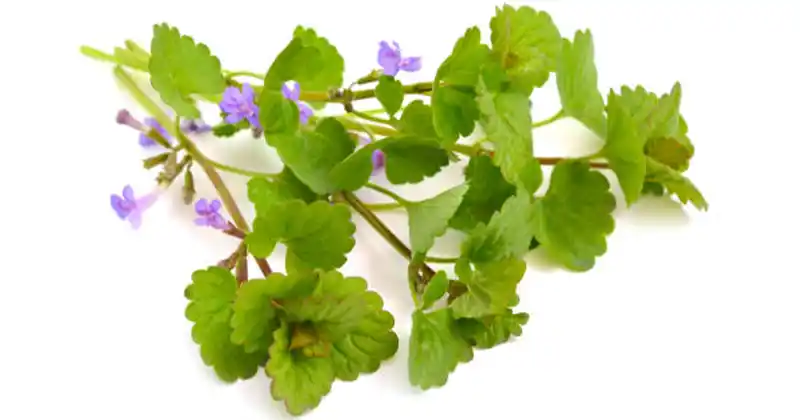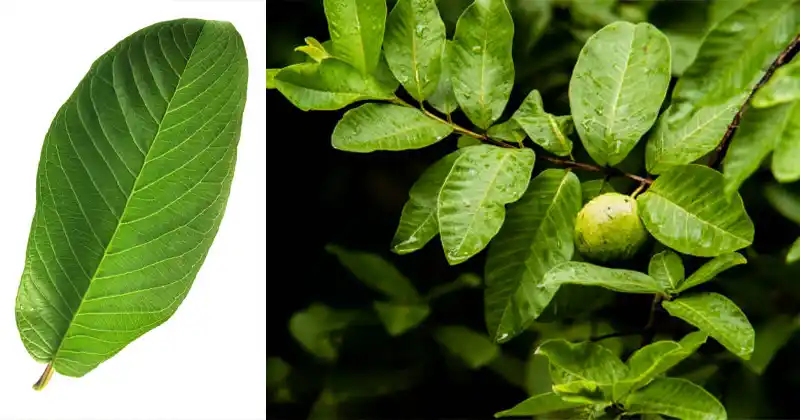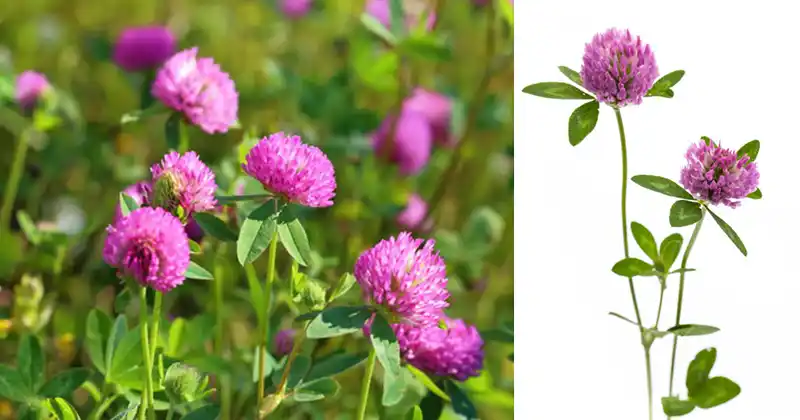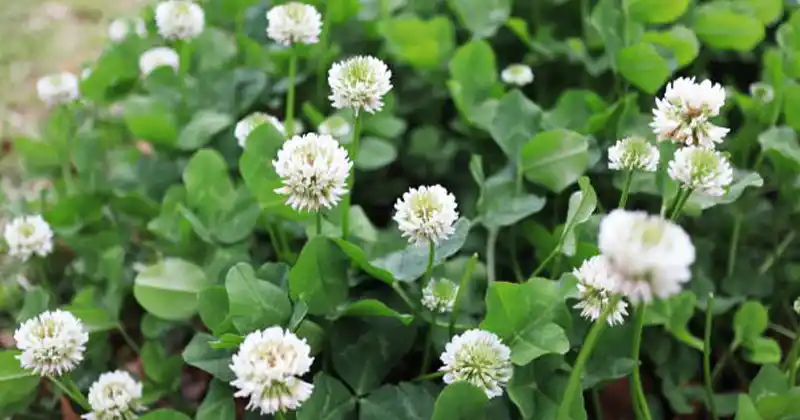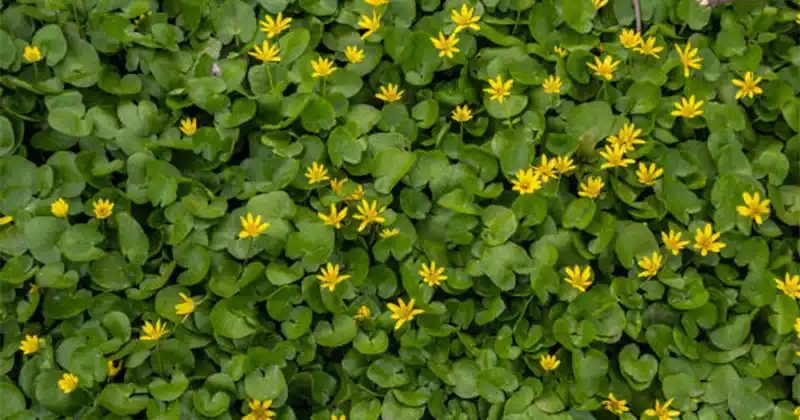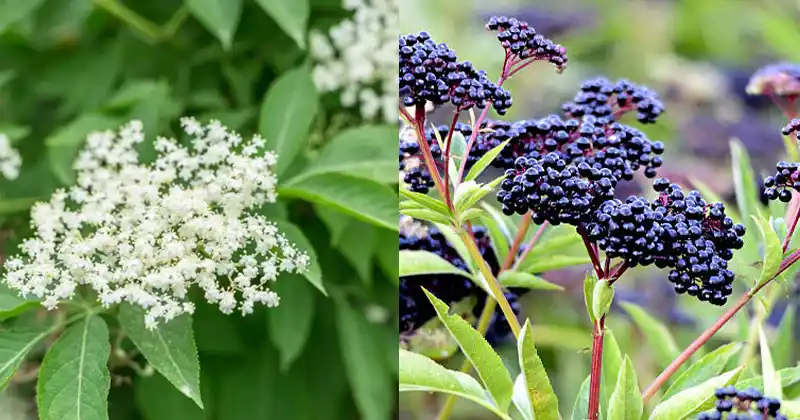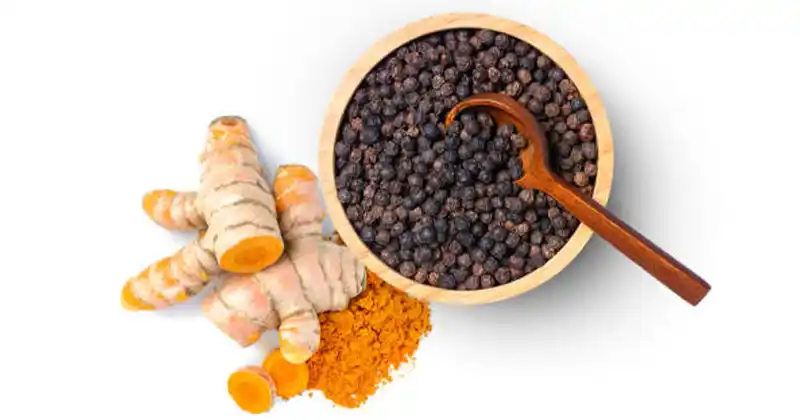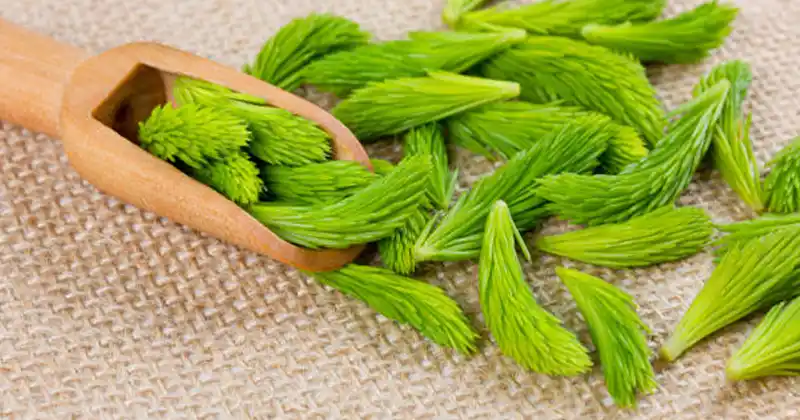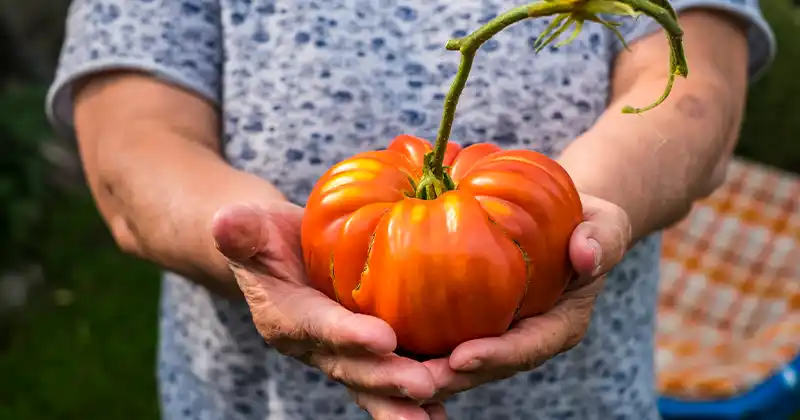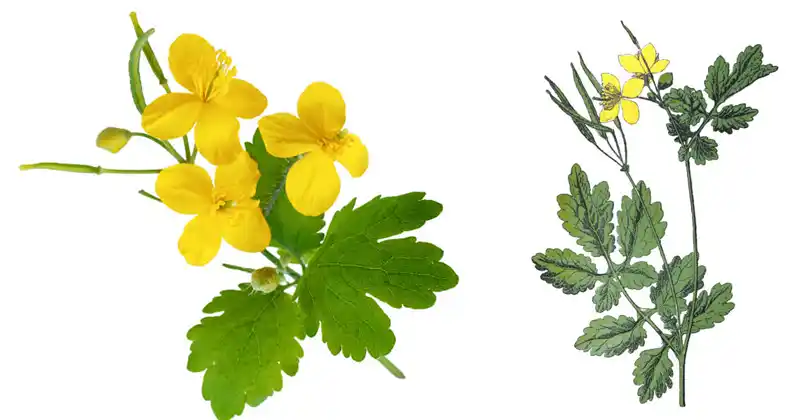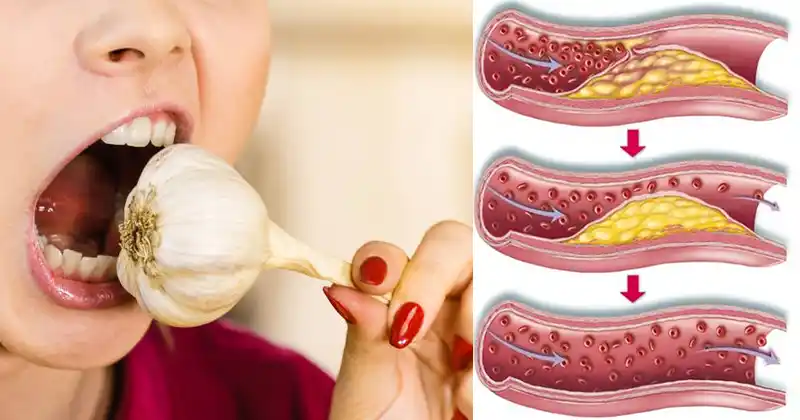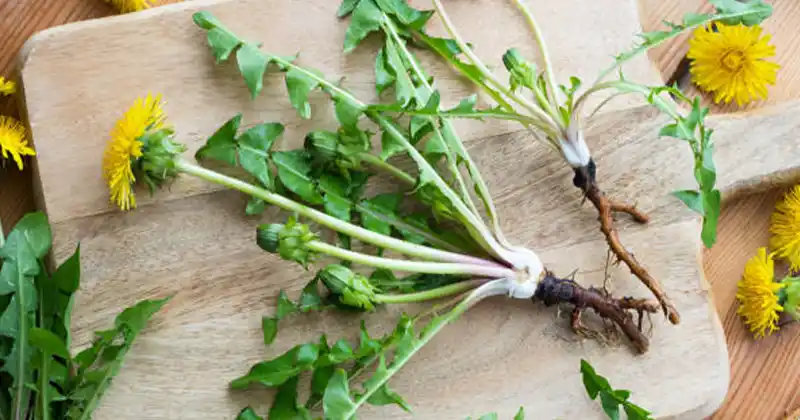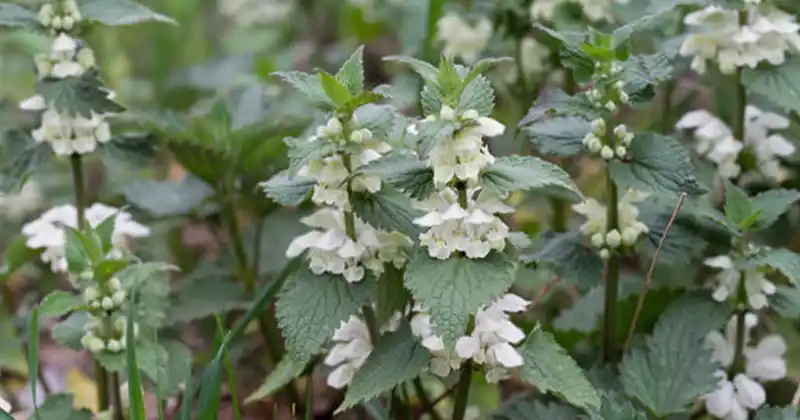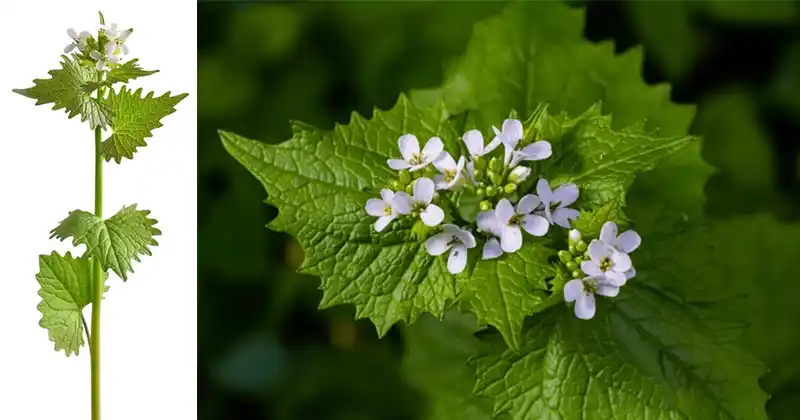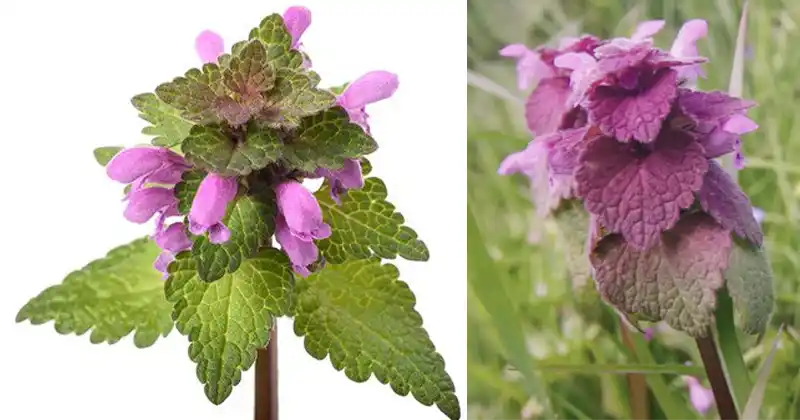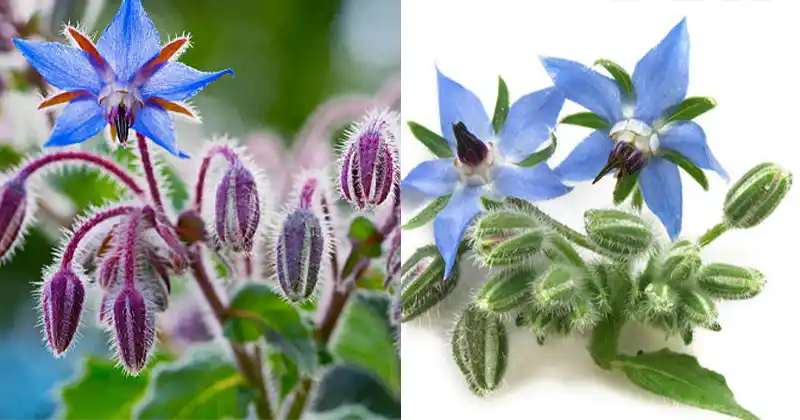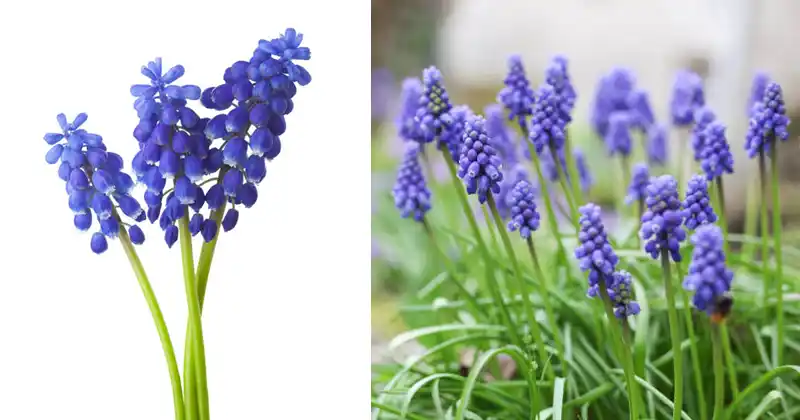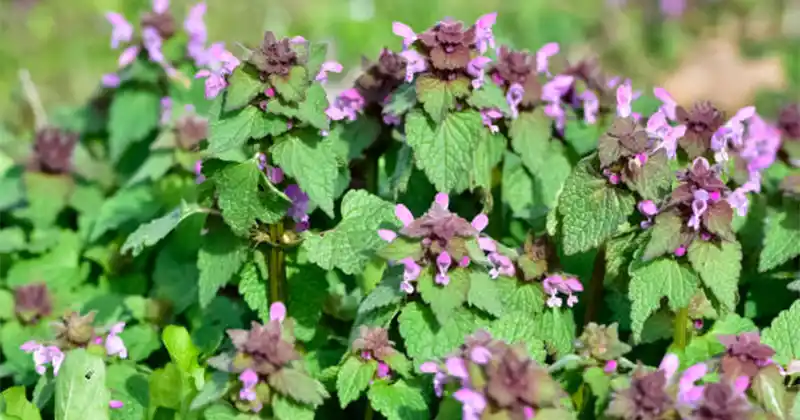Wild Mint (Mentha longifolia): A Hidden Treasure of Nature
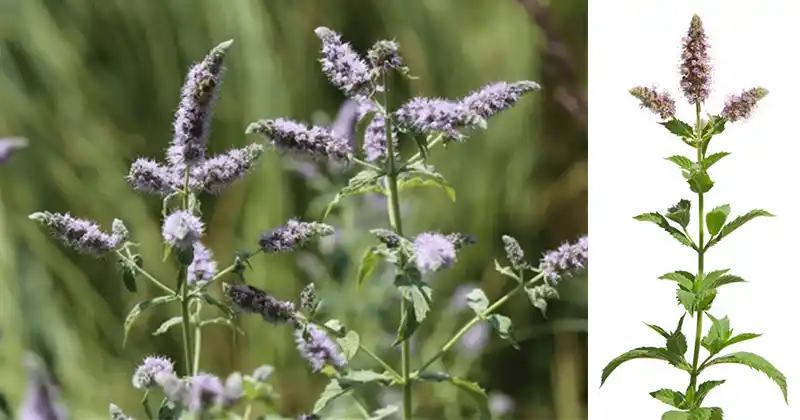
Wild mint (Mentha longifolia), often referred to as horse mint or field mint, is a perennial herb that thrives in various parts of the world, including Africa, Europe, and Asia. Known for its strong aromatic scent and a plethora of medicinal and culinary uses, this hardy plant has been a staple in traditional medicine for centuries. Unlike its cultivated relatives, wild mint grows naturally along rivers, wetlands, and damp areas, making it an accessible resource for those who appreciate nature’s pharmacy. In this article, we’ll explore the remarkable benefits, practical uses, and tips for harvesting and preparing wild mint.
Health Benefits of Wild Mint
Wild mint is packed with essential nutrients and compounds that contribute to its numerous health benefits. Here are some of the most notable:
- Digestive Aid: Known for its carminative properties, wild mint helps alleviate bloating, indigestion, and stomach cramps. Drinking wild mint tea after meals is a time-tested remedy.
- Respiratory Relief: The menthol content in wild mint acts as a natural decongestant, providing relief from colds, coughs, and sinus congestion.
- Stress Reduction: The calming aroma of wild mint can reduce anxiety and stress when used in aromatherapy or consumed as tea.
- Antimicrobial Properties: Wild mint exhibits antibacterial and antifungal effects, making it useful for treating minor infections and wounds.
- Improved Oral Health: Chewing fresh leaves or using wild mint-infused mouthwash helps combat bad breath and promotes oral hygiene.
- Skin Soother: Wild mint’s anti-inflammatory properties make it effective for soothing insect bites, rashes, and minor skin irritations.
- Pain Relief: Topical application of wild mint oil can help reduce headaches and muscle pain.
- Anti-inflammatory: It’s often used to reduce inflammation in conditions like arthritis and sore joints.
- Boosts Immunity: Regular consumption of wild mint tea provides antioxidants that help strengthen the immune system.
- Supports Heart Health: The plant’s compounds may aid in regulating blood pressure and cholesterol levels.
How to Use Wild Mint
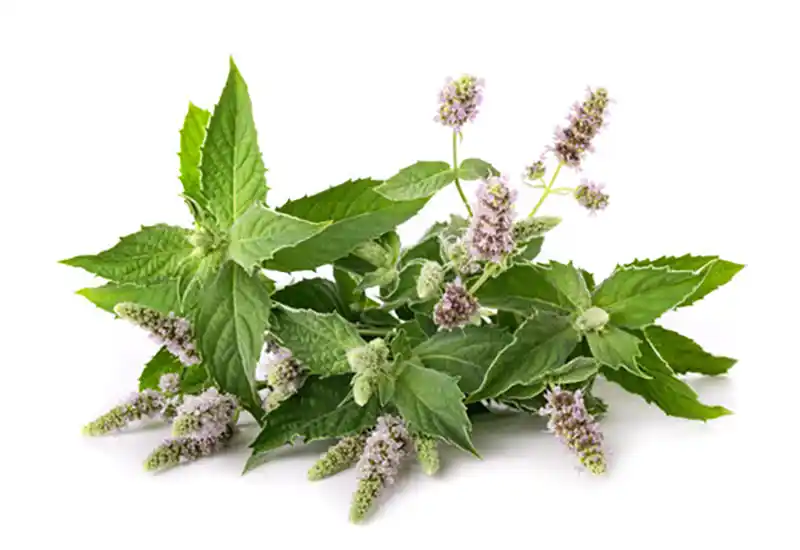
Wild mint’s versatility makes it valuable in both culinary and medicinal applications. Here are some common ways to use it:
- Tea: Steep fresh or dried wild mint leaves in hot water for 5-10 minutes to create a refreshing and therapeutic tea.
- Culinary Uses: Add chopped wild mint leaves to salads, soups, or sauces to enhance flavor.
- Essential Oil: Extract the oil for use in aromatherapy or as a natural remedy for headaches and stress.
- Poultices: Crush fresh leaves and apply them directly to the skin to soothe rashes, insect bites, or minor burns.
- Bath Infusion: Add wild mint leaves to your bathwater for a relaxing and aromatic soak.
- Mouthwash: Boil wild mint leaves in water, cool, and use as a natural mouthwash to freshen breath.
- Steam Inhalation: Add leaves to boiling water and inhale the steam to relieve nasal congestion and sinus pressure.
How to Harvest and Prepare Wild Mint
- Identification: Wild mint is characterized by its lance-shaped leaves with serrated edges and a distinct minty aroma. It typically grows in moist, shaded areas.
- Harvesting: For the best flavor and potency, harvest wild mint in the morning when the essential oils are most concentrated. Use scissors or a knife to cut the stems, leaving the roots intact for regrowth.
- Drying: Spread the harvested mint in a single layer on a clean surface and let it air dry in a well-ventilated area away from direct sunlight. Once dry, store it in an airtight container for later use.
- Fresh Use: Rinse fresh leaves thoroughly to remove dirt and debris before using them in teas, recipes, or as a garnish.
Precautions and Considerations
While wild mint is generally safe, it should be used with caution in certain situations:
- Pregnancy and Breastfeeding: Excessive consumption is not recommended without consulting a healthcare provider.
- Allergies: Some individuals may be allergic to mint species, so it’s essential to test a small amount first.
- Overuse: Excessive consumption can lead to gastrointestinal discomfort.
Wild mint is a true gift from nature, offering a wide range of health benefits and practical uses. Whether you’re brewing a cup of mint tea to soothe a cold, adding its refreshing flavor to your favorite dish, or using it in aromatherapy, wild mint is a versatile and valuable herb to include in your natural health toolkit. When foraging, remember to harvest sustainably, leaving enough for the plant to thrive and support the surrounding ecosystem.
Disclaimer: This article is for informational purposes only and is not a substitute for professional medical advice. Consult a healthcare provider before using wild mint for medicinal purposes.
